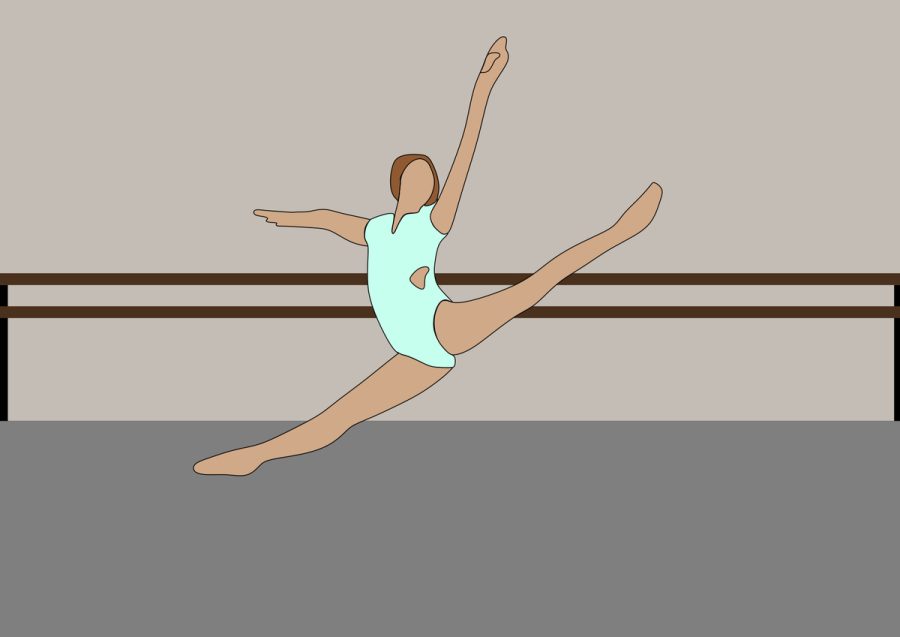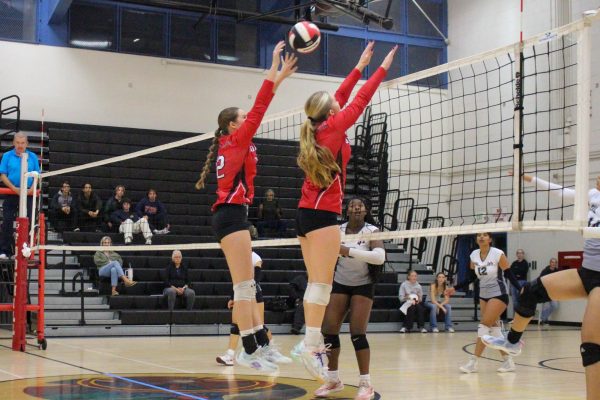Pirouetting over the stereotypes against male and non-binary ballet dancers
Gender inclusivity has always been an issue within the ballet industry, but many dancers, especially male and non-binary dancers, have accomplished things people considered as “undoable” for them. (Art reference: NY Times)
November 2, 2021
People deem ballet to be an activity only for females. However, they don’t acknowledge males or non-binary people to be important to the ballet community. For example, society considers male ballet dancers to be feminine and associates the pas de deux to strict gender roles. Because of these societal standards, along with many others, only 29.8% of ballet dancers are either male or their gender is unknown.
Society has created negative stereotypes against male ballet dancers, like associating them to weakness because they are doing a “feminine activity.” Many male dancers, especially younger ones, are facing the effects of this stereotype. Julius Tangorra, a 9 year old boy, is an example of this. According to his mother, he was “put in a choke hold, tripped, and tackled while being called ‘twinkle toes,’ ‘fairy,’ and other homophobic slurs” at school because he did ballet. He also could not “ride the school bus because of other kids spitting on him.” This type of behavior against male dancers is common, many individuals acting based solely upon an assumption and are not listening to the full story.
Despite these stereotypes, male ballet dancers continue to make advancements in the ballet community. For example, more male dancers are beginning to train with and dance on pointe shoes. Only female dancers used to be able to dance on pointe, and this goes to show how far the ballet industry has come to provide opportunities for male dancers. Men having roles that require pointe shoes has already been seen in ballet productions such as Cinderella and The Dream. Additionally, according to pointe shoe fitter Josephine Lee, more males have been coming to get fitted for pointe shoes because it helps improve stability in their feet and ankles.
Along with male dancers being stereotyped in ballet, non-binary dancers also face many obstacles. One of the obstacles includes the strict gender roles associated with the pas de deux, which is a French phrase for “a dance for two people.” Since the pas de deux strictly involves males and females, “opportunity and inclusion of non-binary dancers in classical ballet are nearly nonexistant, and the stark gender divide may be difficult to surmount for transgender dancers.” However, in 2018, Chase Johnsey became the first man to perform a female role, and this goes to show that gender roles are slowly evolving to include non-binary people.
Aside from Johnsey, Jayna Ledford is a transgender dancer that has leapt over the obstacles of transgender ballet dancers. She is described as an inspiration to others, but she had to overcome many hardships to get to where she is now. For example, when she first started ballet as a child, she wanted to wear a leotard, but her studio would not allow that. So, her parents unenrolled her from that studio and enrolled her into another studio as a female. After dancing for many years and showing her “natural ballet talents,” she got the opportunity to go to many summer intensives at well-reputed studios like the Pittsburgh Ballet Theatre and the Kirov Academy. In 2017, Ledford became a student at the Kirov Academy, where everyone accepted her for who she was.
Overall, stereotypes do not define the potential of male and non-binary dancers. It’s important to recognize what these groups of people can do. Many dancers, like Chase Johnsey and Jayna Ledford, have proved the evolution of gender inclusivity in the ballet industry to society through their accomplishments in the ballet community. Hopefully, many more dancers like Johnsey and Ledford will come to the spotlight, despite the social stigma.















